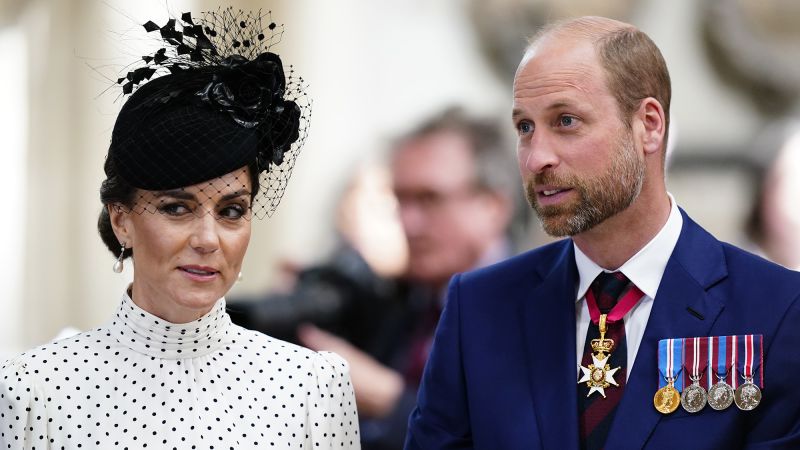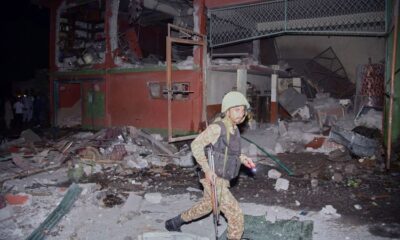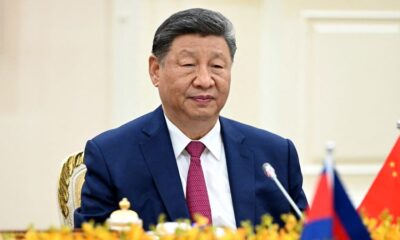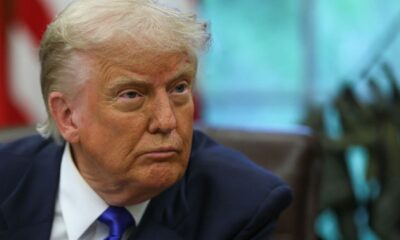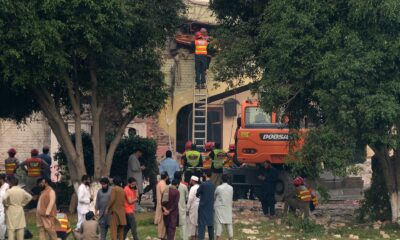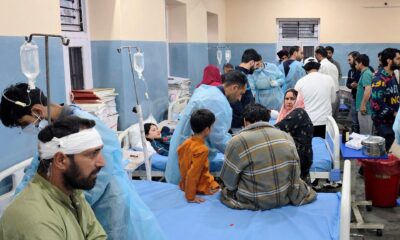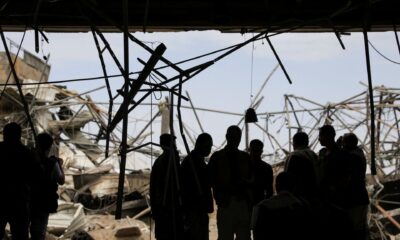CNN
—
Every year, the spring rain clouds over Moscow are carefully seeded with powerful chemicals to ensure clear skies for the annual May 9 Victory Day parade, Russia’s most important show of national pride.
This year, the threat from above comes not from rain showers, but squadrons of potentially lethal Ukrainian drones.
Already, in the days running up to this year’s parade on Red Square, multiple drone strikes have forced airspace closures at all four Moscow airports and heightened anxiety across the Russian capital.
Elsewhere, in distant Russian-annexed Crimea, local Victory Day parades have already been cancelled due to acute security concerns.
But the main event in Moscow is simply too important to abandon, so it is going ahead amid fraying nerves in the Kremlin.
And not without reason.
The often spectacular and colorful military display commemorates the Soviet defeat of Nazi Germany in World War II and the millions of Russian lives lost in that conflict. More importantly perhaps for the Kremlin, it is a means of showcasing modern Russian firepower and rallying patriotic support for the strongman Russian president, Vladimir Putin.
This year’s 80th anniversary event is particularly significant to the Kremlin and, therefore, may prove a particularly tempting target for those who wish the Kremlin ill – not least Ukraine’s increasingly capable drone operators, whose own cities have suffered near-daily deadly Russian assaults from the air.

Tens of thousands of patriotic Russians are expected to line the streets, applauding as tanks and intercontinental ballistic missile launchers rumble past.
Putin has also invited an impressive array of foreign leaders, including Xi Jinping of China and Brazil’s Luiz Inácio Lula da Silva, in part to project a personal return to the world stage.
The leaders of Belarus, Venezuela, Cuba, Vietnam and the Republic of the Congo are also expected to attend, alongside presidents of several fellow former Soviet states.
Notably, the Kremlin says at least two European leaders, Slovak Prime Minister Robert Fico and Serbian President Aleksandar Vucic, will attend the event. European Union officials have warned that Serbia’s bid to join the bloc may be jeopardized if he shows up.
Despite the large-scale gathering of world leaders, Ukrainian President Volodymyr Zelensky – who has criticized as insufficient a Russian call for a three-day ceasefire during the Victory Day commemorations – isn’t ruling out an attack either by his forces or by sympathizers inside Russia.
In a recent address, Zelensky – who says there must be a ceasefire of at least 30 days to allow for next steps to be prepared – warned that Kyiv “cannot be responsible for what happens” in Russia due to the ongoing conflict, and won’t be “playing games to create a pleasant atmosphere to allow for Putin’s exit from isolation on May 9.”

The words, which the Russian foreign ministry says amount to a direct Ukrainian threat, are overshadowing an event which would otherwise mark a culmination of significant wins for the Kremlin on the Ukrainian battlefield and, crucially, in international diplomacy.
China remains an important Russian backer and the high-profile presence of Xi at the Victory Day parade testifies to the strength of that bond.
But even more important, perhaps, is the dramatic, even startling, improvement in relations with the United States under Trump, whose administration has seemed determined to seek the restoration of friendly economic and diplomatic ties with Moscow, even at the risk of alienating traditional allies.
A recent US peace proposal, for example, suggested the Trump administration would formally recognize the Crimean peninsula – illegally annexed by Moscow in 2014 – as Russian territory, overturning years of stated US policy.
Likewise, Trump’s wavering military support for Ukraine, tariffs on close US allies and threats of annexing Canada and Greenland, have placed unprecedented strains on the Western alliance, while being met with joyful praise in Russia.
In a sign of the feverish optimism, Russian state-controlled media outlets have even speculated that Marco Rubio, the US Secretary of State and Trump’s current acting national security adviser, would personally attend the May 9 Victory Day parade – alongside North Korean dictator Kim Jong Un, no less – although the Kremlin officially refuses to confirm it is expecting either figure to attend. The White House has not confirmed that any US representative will be present.

But every silver lining, as they say, has a cloud. And things are not all going the Kremlin’s way.
The security threat hanging over the Victory Day parade in Moscow potentially foreshadows the looming challenges for the Kremlin in its ongoing war in Ukraine, which shows precious little sign of abating.
Latest Western estimates of Russian casualties, unconfirmed by the Kremlin, which has been customarily tight-lipped on the matter, are fast approaching an appalling one million people killed or injured, a figure that is only likely to increase if the fighting continues.
There are also ominous signs that the up-until-now resilient Russian economy may finally start to buckle as global crude oil prices, essential for Moscow’s coffers, continue to plunge amid fears of a global economic slowdown.
Meanwhile, worryingly for Moscow, a frustrated Trump, who before taking office bragged that he could end the Ukraine war quickly, has been confounded in that ambition and left contemplating renewed military support for Ukraine and fresh sanctions on Moscow.
It will very soon be Victory Day in Russia, but beyond the pomp and ceremony on Red Square, a Russian victory in Ukraine remains a distant prospect.



